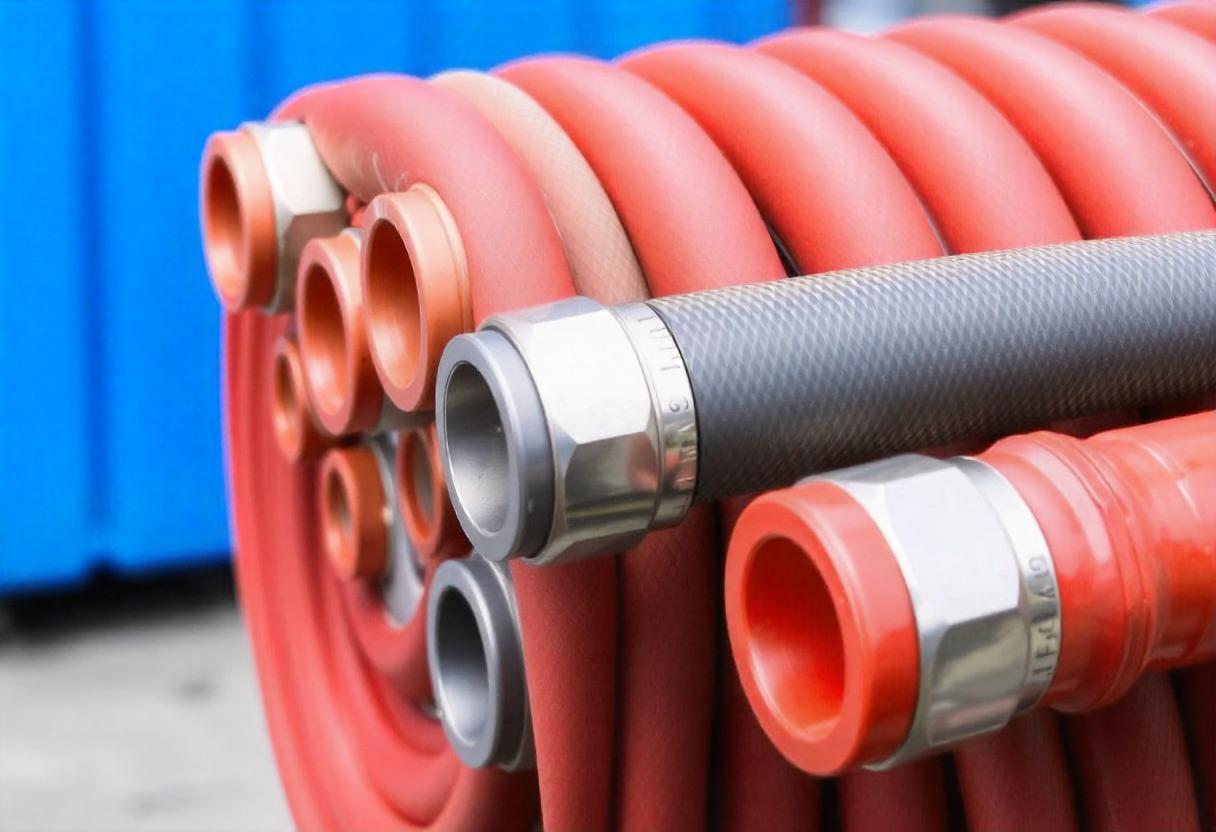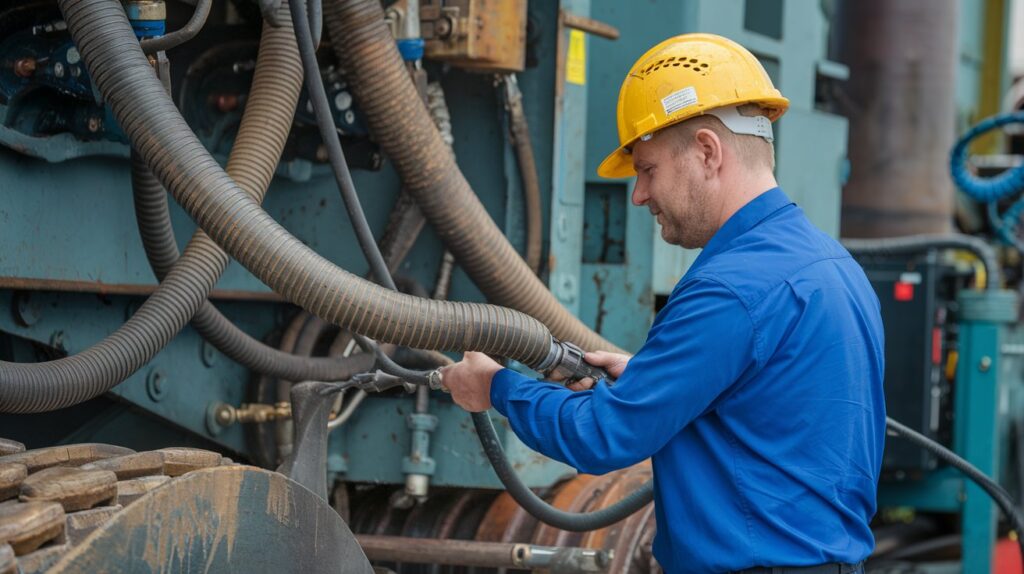
Hydraulic hoses are essential for powering machinery in industries like construction and manufacturing, but hose failure can cause costly downtime and safety risks. Common issues, such as abrasion, improper installation, and exceeding pressure limits, can be prevented through regular maintenance and inspections, ensuring optimal performance and extending the hose’s lifespan.
Common Causes of Hydraulic Hose Failure

Before diving into preventive tips, it’s essential to understand the primary reasons why hydraulic hoses fail. These include:
Best Practices for Hydraulic Hose Care

Proactive maintenance is key to extending the life of hydraulic hoses and preventing failures. Here are essential maintenance tips to keep your hydraulic system running smoothly:
Hydraulic Hose Inspection Checklist
To ensure you’re covering all the bases during inspections, here’s a quick hydraulic hose checklist:
1. Visual Inspection
Look for cracks, abrasions, leaks, and bulges.
2. Check for Leaks
Examine all fittings, connectors, and junctions for any signs of leaks or drips.
3. Assess Fittings
Ensure fittings are securely attached and show no signs of corrosion, wear, or looseness.
5. Evaluate Hose Flexibility
Feel the hose for any stiffening of brittleness, which may indicate material degradation.
6. Check Routing
Ensure hoses are properly routed without excessive bending, kinking, or rubbing against surfaces.
7. Monitor Pressure and Temperature
Check that your system is operating within the specified limits for both pressure and temperature.
Conclusion
Preventing hydraulic hose failure through regular inspections, proper installation, and timely replacements can save time, reduce costs, and enhance safety. By maintaining your hoses properly, you’ll keep your equipment running smoothly and avoid unexpected breakdowns.
For more insights into Standco’s products, feel free to reach out for expert assistance.
Information
My Account
Get In Touch
Contact Us
Working Hour
Location